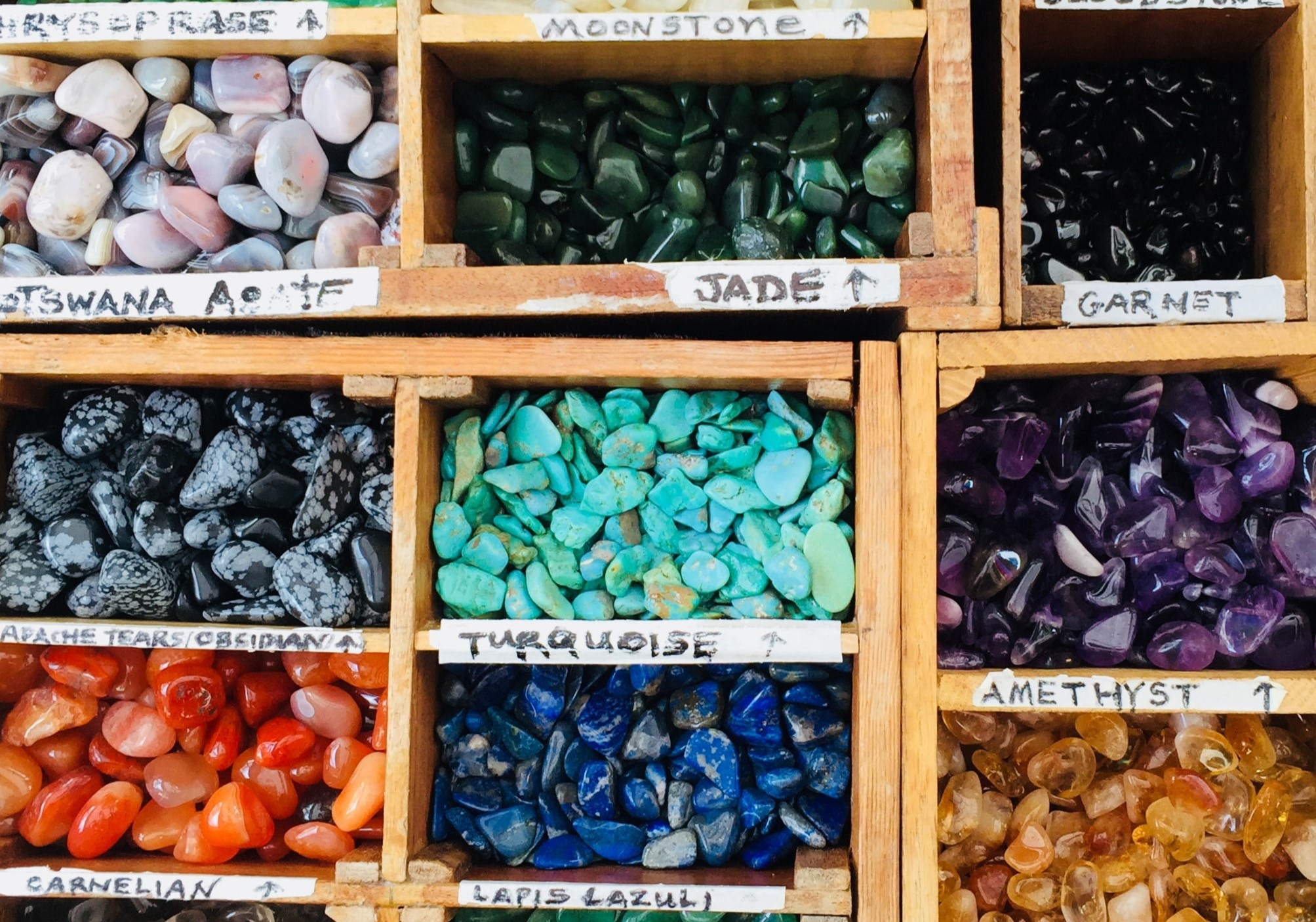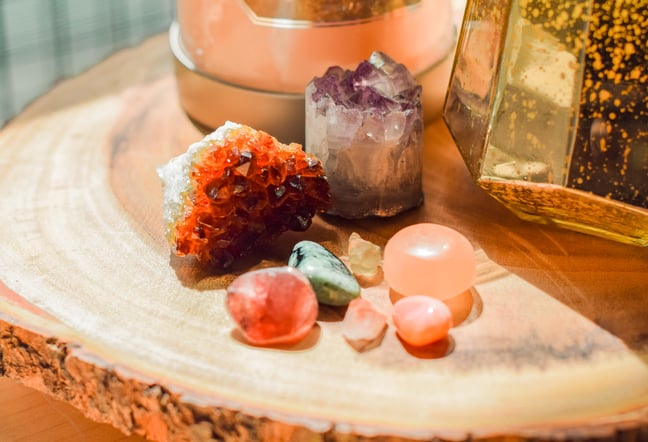
All gemstones that do not belong to the four precious stones (diamond, ruby, sapphire, and emerald) are considered semi-precious. The list goes on, but some of the more common ones are amethyst, aquamarine, garnet, lapis lazuli, moonstone, opal, pearl, peridot, quartz, tanzanite, tourmaline, and zircon.
This classification dates back to ancient Egypt, Greece and Rome when these rare and valuable stones were treasured for their beauty and religious importance. Amethysts were also considered precious until the 18th century when large deposits were found in Brazil, causing the stone’s value to plummet.
However, the separation between precious and semi-precious has no real scientific backing - for example, emerald is a variety of a beryl, so are aquamarines, yet emerald is considered a precious gemstone while aquamarine is semi-precious. When this categorization came about formally in the 1800s, it was mainly due to the value and rarity differences between the four precious gemstones and the rest, but today some semi-precious gemstones can be worth much more than a precious stone. As an example, many natural pearls garner huge prices,and can be worth more than a low quality precious diamond, ruby, emerald or sapphire. Additionally, many semi-precious stones can be rarer than some precious stones. Examples of this are demantoid garnets or tsavorite garnets; these are hard to find, hard to mine, and produced in much lower quantities than the precious gemstones.

History
In the 1800s, gemstones were divided into two categories: precious and semi-precious stones, based on their value differentiation at the time.
Strictly speaking, any gemstone outside of the “Big Four” is semi-precious, and the term was originally used by the jewelry industry to describe gems that were more abundant and therefore lesser in value. However, some coloured gemstones, such as the very rare Paraiba tourmaline, are so sought-after that they rival precious gems in value. In fact, many people who work in the gem trade have abandoned the “semi” prefix altogether, choosing instead to refer to all minerals as gemstones.
Contemporary trends
Semi-precious gemstones have been popular in jewelry for centuries, but their popularity has fluctuated over time based on fashion trends, cultural influences, and other factors.
In the 1960s and 70s, natural and organic materials were popular, and therefore semi-precious gemstones like turquoise, agate, and jade were often used in jewelry designs. In the 1980s, however, trends shifted towards bold, colorful jewelry, and other semi-precious gemstones like amethyst, citrine, and garnet became more popular choices.
From the early 2000s to the present, minimalism has become a dominant trend in jewelry design, with simple, understated pieces becoming more popular. Semi-precious gemstones like moonstone, labradorite, and rose quartz are now popular choices due to their subtle, natural beauty.
Sustainability and ethical sourcing have also become increasingly important considerations in the jewelry industry, leading to a rise in the popularity of semi-precious gemstones like turquoise, opal, and malachite, which can be found in environmentally friendly and ethical sources.




